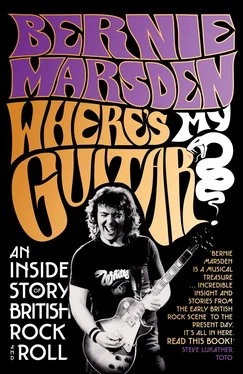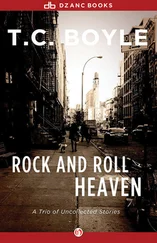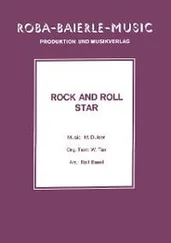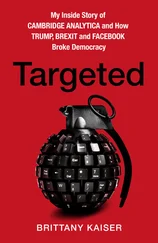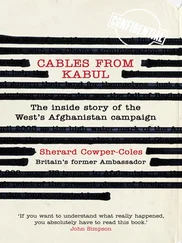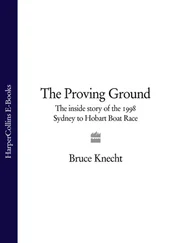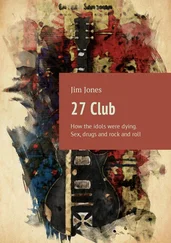I took the tape to London visiting agencies and record companies. At Blue Horizon Records I saw Fleetwood Mac producer Mike Vernon. I was excited to be so close to Peter Green. Mike said he liked my voice and that the guitar was very good and, credit to him, he did come to see us live: many wouldn’t have done so. He wrote that he had enjoyed the playing but the material was ‘not strong enough’. I still have the letter somewhere. Not strong at all, Mike, you were very kind!
I had no luck anywhere else. I went to the label run by Dick James, the Beatles publisher, in New Oxford Street. I had been waiting in reception all morning when I recognised Elton John coming in. He was dressed in denim with fabric badges sewed all over his jacket and jeans. He looked pretty flamboyant, even at that early stage in his career! He had a great record out at the time called ‘Lady Samantha’. He seemed pleasantly surprised that I recognised him and asked if I’d like to join him for a coffee – probably the first real cup I ever had. He was a very nice guy and with a grin insisted he paid for the coffee, as he’d get the money back from expenses. We returned to the office and there was still no sign of the man I wanted to see. I had other appointments and Elton John said he would get the tape copied and leave it for my contact. What a lovely gesture and although I never heard from the label about the Skinny Cat tape, I’m not surprised, thinking back. The songs were not exactly John and Taupin. I had missed my chance – it could have been Bernie Marsden, not Bernie Taupin! Dream on, BM.
The main feedback I got from my visits was to concentrate on the guitar – meaning forget my band. It was the right thing. The truth was I was trying to run uphill all the time. Skinny Cat were a great live band, but the material was nowhere near good enough. As much as I wished we could go as a group, I knew that I would have to make the move to London on my own and I began to look for audition adverts in the music press. Mick Bullard had small kids to bring up, and Ray was always meant to take over the family car business in Brackley. For the time being, I continued to enjoy myself with Skinny Cat. We remained semi-pro, determined to be the best in our field, and that we were. I have some great live recordings with a fantastic level of energy.
We all particularly enjoyed the summer ball gigs organised by our management for the colleges in Oxford. We called them ‘penguin balls’ as we’d never seen people dress up in white ties and tails. We opened for bands such as Trapeze, Osibisa, and Dada, featuring wonderful singers Elkie Brooks and Robert Palmer. They evolved into Vinegar Joe and we opened for them many times. I talked to Robert Palmer a lot – he was so cool in those days but always very approachable and chatty. We lost him too soon in 2003, but he left us some fantastic music. Elkie Brooks was simply stunning. The first time I watched her perform I was completely mesmerised by her outrageous clothes, cowboy boots, stage manner and incredible voice. She sang like a dream and there was the bonus of the pairing of her voice with Robert Palmer.
Vinegar Joe guitarist Pete Gage took me under his wing. He played a Gold Top Les Paul, wore a cowboy hat, and was married to Elkie Brooks – I was green with envy. I later had the extreme pleasure of playing guitar for Elkie. I received a phone call from her asking me to cover for Geoff Whitehorn for a few gigs in 2005 and, well, a few gigs turned into about six months. After all those years I spent worshipping her and her voice as a young man, she was now singing better than ever and with me playing guitar by her side.
Alan Upward was one of Skinny Cat’s roadies and he lived in Oxford. He was quite a character. It was Alan who introduced me to a commune near Buckingham at the end of 1969.
Some people he knew had moved into Chetwode Manor, a very large rambling mansion, close to dereliction, but the crazy thing was that the electricity and water were still available. A group of Oxford hippies had discovered it, and Alan knew them well. I became a weekend hippie, the band rehearsed and played there, and it was fun. I wanted Skinny Cat to move in. Ray said that he had to go to work, but I did move in as I was between jobs (I still took washing home for my mum to do).
One evening a girlfriend of one of the other guys who lived there returned from work at an Oxford teaching hospital and passed around some pills. I have never been much of a drug-taker. I’ve never smoked cigarettes or indulged with weed very much. I was a little sceptical but I swallowed one of the pills. I had watched the others’ reactions on a previous weekend and they seemed to be fine. I waited for about two hours. Alan had also dropped a tab and we both looked at each other and shrugged. Nothing was happening.
When somebody else said they were going into Buckingham Alan and I jumped in the Land Rover. That’s when things started to happen in my head, things that I didn’t really understand, and our driver gave us very strange looks as we arrived in the town centre. Cars floated around me in a stream – no longer a street. We tried to walk towards the market but the sand was too deep, and we didn’t mind. I tried to talk to Alan but my voice was a loud gun going off in my head. We reached the market, and a group of people came to talk to me. Alan pleaded with me to be cool. Cool? What was that? We were close to a pub and people were asking me about Skinny Cat. Their speech slowed down until their mutterings became one extremely long word.
What on earth was wrong with them? I thought.
The sand shifted beneath my feet.
I looked up and everyone had the head of a fluorescent, brightly coloured animal: a rabbit, a cat, a dog, another rabbit, a cascade of colour and noise. They were all speaking, all shouting, all at once. I was terrified. I stood in that wet sand while everybody else went absolutely mad. I knew I was the sane one. Frantically, we tried to get back to the Land Rover, and one of the locals grabbed my arm and asked if I was OK, with genuine concern. Me? I was obviously fine. He had the problems.
I never took LSD again.
Skinny Cat opened for Fleetwood Mac, thanks to a booker we had met at the Oxford Polytechnic. I’m sure this is a fact very few people know. The gig was in Headington in Oxford. Although there was no Peter Green, I did talk with Danny Kirwan and John McVie. Mick Fleetwood was around but I didn’t get a chance to speak to him. Kirwan played brilliant guitar on his black, three pick-up Les Paul Custom – the very guitar he would smash to pieces before leaving Fleetwood Mac only a year later. I took some old photos with me that night. They were from an early Fleetwood Mac gig in Windsor. John McVie looked at them with great fondness, especially the two single shots of Peter Green. I remember his face and exactly what he said: ‘It’ll never be like that again.’
I didn’t really take his words in at the time, but I do now. He was reflecting upon the loss of Peter Green in the band and couldn’t imagine they’d ever be the mammoth success they became and still are today without him. I will always remember John’s face as he looked at those old photographs. At the time, mainly because Peter Green wasn’t there with Mac, I didn’t really realise the momentous thing it was for Skinny Cat to open for them. I hugely respected the others in the band, but Peter Green was my idol. It’s only really writing this all down now makes me realise how big a deal it was to open for the one and only Fleetwood Mac, with Peter Green or without.
Towards the end of that year, 1970, Skinny Cat gigged all the major venues in London, including the Temple at the Flamingo Club, the Marquee with Audience, the Acid Palace in Uxbridge with Blonde on Blonde, the 1860 Club in Windsor with Argent and Eel Pie Island with Hawkwind and Stray.
Читать дальше
